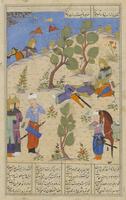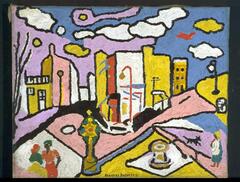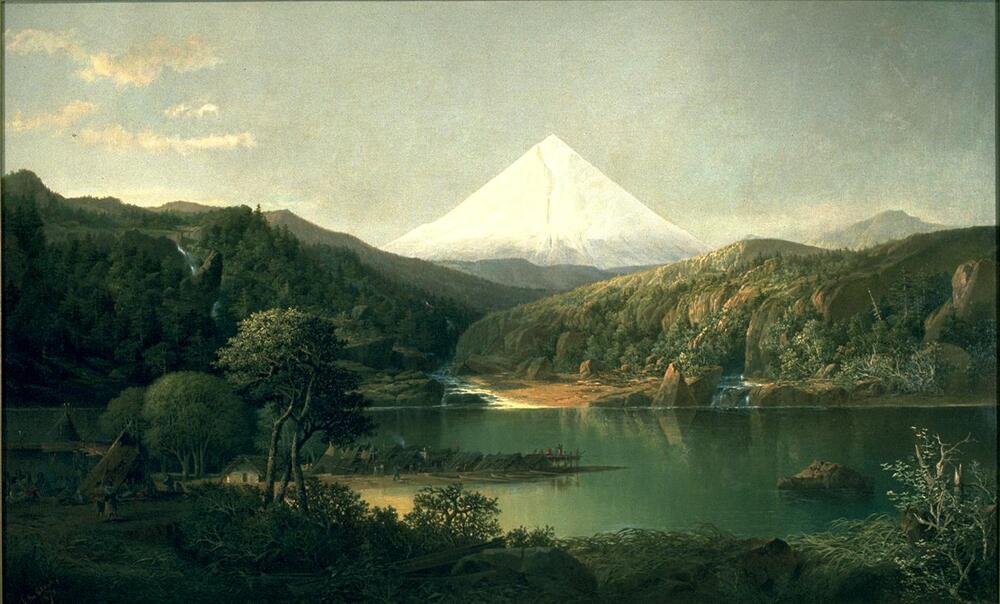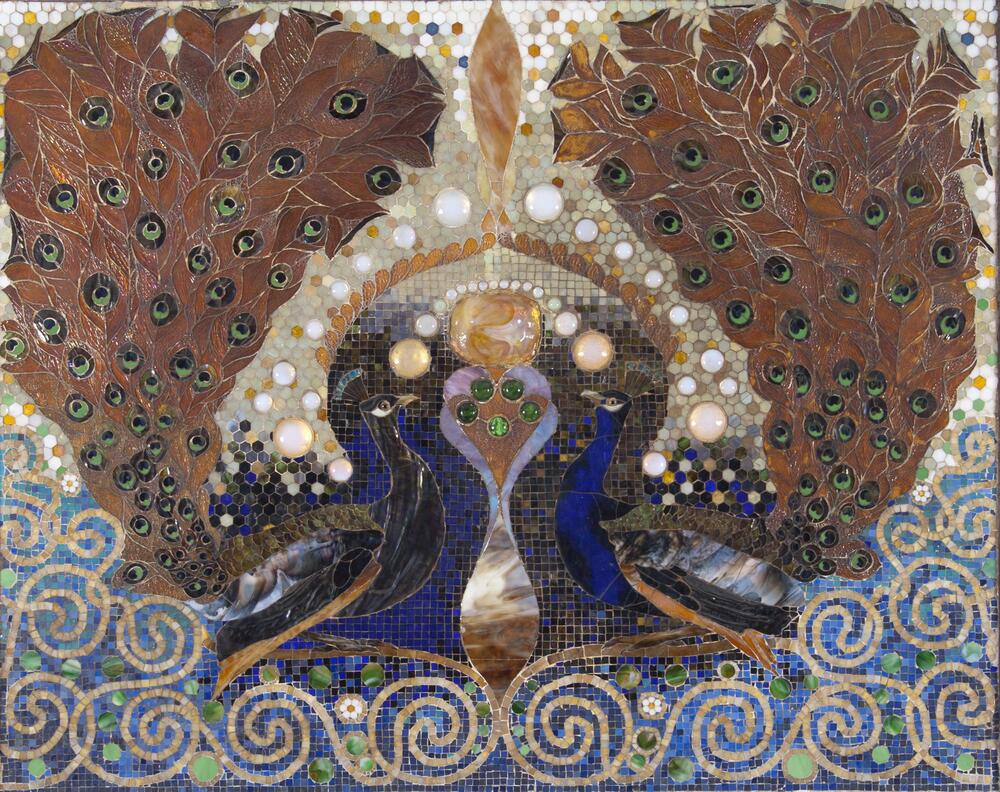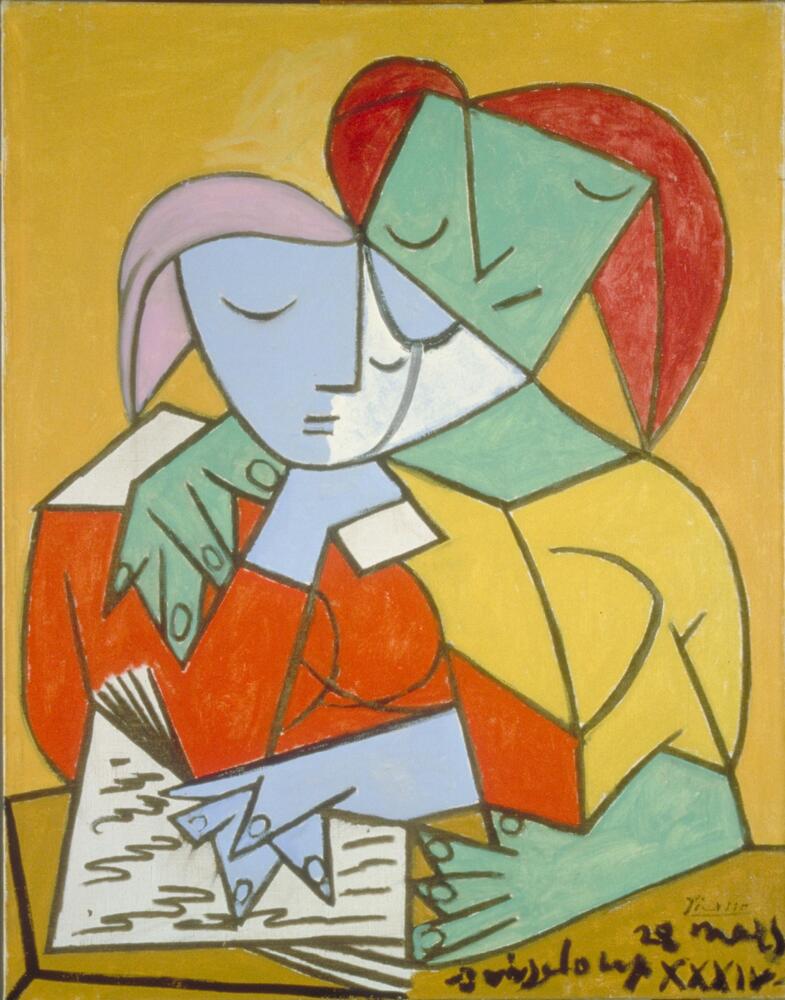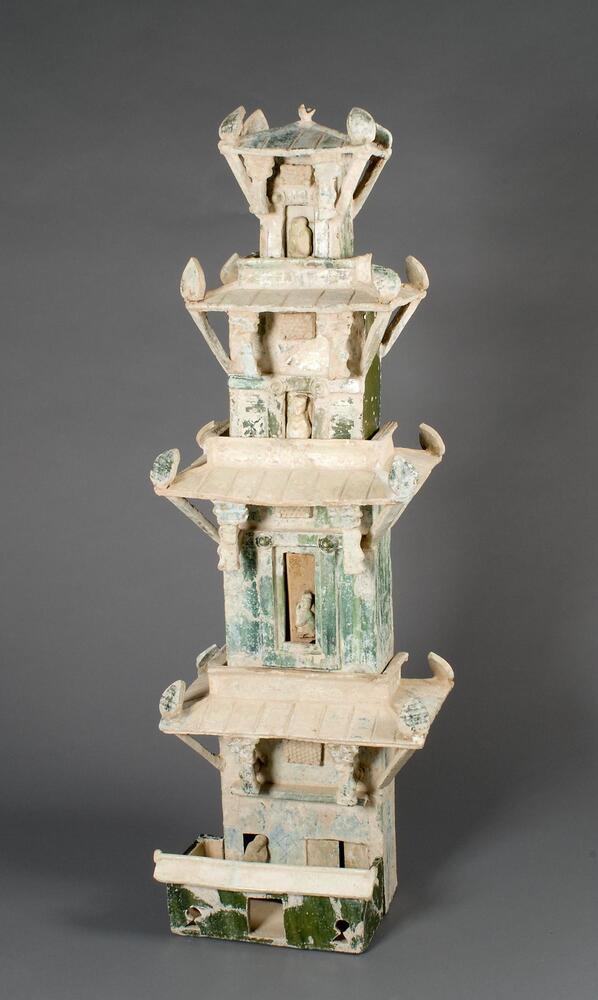Kindergarten: Shape Up! Colors and Shapes
Docent Curricular Tour
Discussion: Many docents, if not all, have done a shapes and colors tour. To make this tour connect with the science/math curriculum we have emphasized the recognition and creation of geometric shapes. Five-year-olds are still very kinesthetic learners so we added making with their bodies at the beginning of the tour. Docents can remind children about these shapes as they continue the tour and look at art. Discussing how artists use shapes and colors to creatively express experiences and to create pattern and rhythm will connect your tour with the schools art curriculum.
Science Concepts:
S.IP.00.11 Make purposeful observation of the natural world using the appropriate
senses.
S.IA.00.12 Share ideas about science through purposeful conversation.
S.IA.00.13 Communicate and present findings of observations
Art Concepts:
ART.VA.II.K.1 Explore the basic uses of art materials to produce artwork.
ART.VA.II.K.2 Use a variety of lines, colors, and basic geometric shapes and patterns to
creatively express feelings and personal experiences.
ART.VA.V.K.3 Identify how pattern, shape, rhythm, and movement are used throughout
the arts.
Welcoming/ Engagement Strategies
Walk your students to the location of your first stop. Start a discussion about shapes such as, how many of you know what a triangle is? Can you make one with your fingers? How about a circle? Can you make a circle with your fingers?
Let’s make some really big shapes. Let’s make a triangle with three people. I need three children to step up here and put their arms out, very stiff, to the sides. Now if you each just touch your fingertips, you make a triangle. How many sides on a triangle? Right! Three.
Now I need another child with arms out stiff. If we break the triangle at one point, and scoot the students out enough to add this child, what shape do we get? A square, right!
Now, let’s tilt the square so one edge is moved a foot to the right and the other children are scotched so they still touch finger-tips. This is a shape with a really cool name: a parallelogram. Can you say that?
Finally, let’s all join hands and make a big circle. Can you all see everyone in the circle? OK, who can see someone with red in their clothing? Great! How about blue? ... etc.... going through a variety of colors.
As we walk around the museum today. We are going to see that artists use shapes and colors to make art.
Stop 1: Mt. Hood
Props: triangle telescopes/toilet paper rolls with
triangle inscribed within; a flashlight that the
children can use to point out shapes.
Can you remember what shape has three sides? Yes, a triangle. Can anyone see a triangle in this painting?
Mountains are often shaped like a triangle. What other forms in nature are triangles (pine trees)?
How many colors can you find in this painting? Most of the colors are dark greens and browns because they are colors found in forests.
Some places are known for their association with specific colors.
And some things in nature are famous for their shapes.
Forests are often green and brown. What colors are found in the desert? How about the ocean?
Introduce concept of landscape, a painting that shows what a place looks like.
Stop 2: Tiffany
Props: Mosaic kit, peacock
This isn’t a photograph but you can still tell what birds they are because the artist was very clever.
This is made of lots of little shapes. Can you name some of the shapes you see? [discussion] One shape has a very cool name: heXagon. Can you hear that X? [use flashlight or laser pointer to find shapes]
This is a mosaic. A mosaic is made of small pieces of tile or glass or stones. This one is made out of glass.
Introduce mosaic kits. Ask them to find triangles, squares, hexagons. Let children make their own mosaic.
Ask what colors they see? Are they colors you would see in a forest? Probably not, the shiny and iridescent colors are found on peacock feathers.
Animals are all different colors. Can you name some animals and their colors? (cow, zebra, lion, gold fish...)
Stop 3: Egungun or other mask
Prop: Cowrie Shells
We need some shape detectives here! What shapes can you find? Let’s take turn pointing to them with a flashlight.
Most of the colors in African masks come from the color of the material they are made from. Can you point to some brown wood in this gallery? How about white shells?
Some colors come from paint. Can you see some green paint on this Egungun mask? How about red/orange? How about silver?
Sometimes animals are painted colors they do not usually have. Can you find the bull/oxen with red on it?
Stop 4: Picasso, Two Girls Reading
Let’s look at this for a minute. Sit quietly and just look.
Now, tell me what you see. What is happening in this painting and who is in it? Two girls! You are right! What color are they? Blue and green, right!
Take a look at your arms. Do any of you have blue or green arms? Why do you think an artist would paint people with such funny color skin? Picasso was very creative and just used the colors that he liked.
Now let’s look at the shapes. What shape are the girls faces? One is a diamond shape, right! Do any of you have pointy diamond-shaped faces? ... this artist is being creative again.
Sometimes artists are more interested in being creative and making something that is beautiful or funny or silly than realistic.
Stop 5: Chinese Guard Tower
This is a very tall tower. It is a model of a real tower. People would stand at the top of the real tower and look out to see if anyone was coming into town.
It is made out of clay and it is painted. What color is the clay? What color is the paint.
What shapes can you see in this model building. Now, slowly and quietly, turn around and look at the building we are in. What shapes can you see here?
Alternatives: Gilliam; Picchvai; Japanese woodblock prints; Monet; Mitchell; Nevelson
Part of 1 Learning Collection
<p>Docent Curricular Tour</p>
Rate this Resource
AVG: 0 | Ratings: 0
& Author Notes
Creative Commons by-nc-saLast Updated
September 20, 2017 4:06 p.m.Report
Reporting Policy

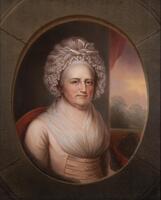
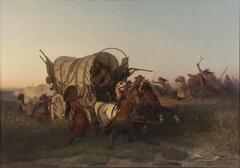
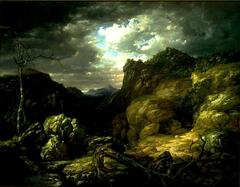
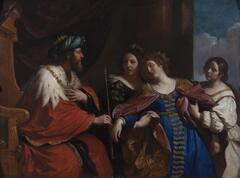

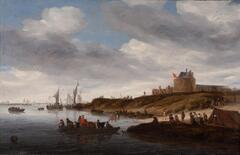

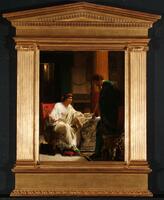
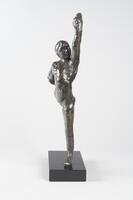
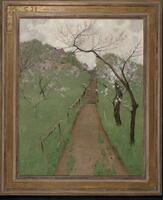
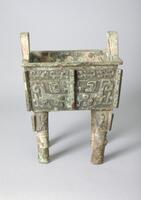
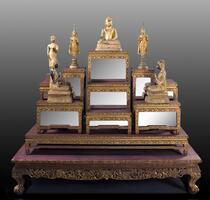
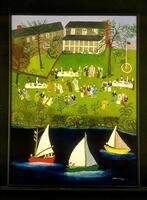
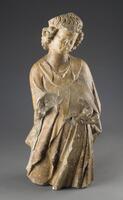
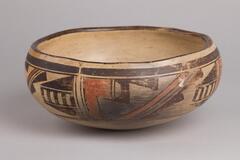
![<p>This celadon bowl is decorated with mold-impressed designs, which was one of popular type of dishes in 11th and 12th centuries. On its inner walls are lotus scroll designs, and on its inner base is what is presumed to be a lotus flower design. Glaze has been applied all the way down to the rim of the foot, which retains traces of silica supports in three places. The yellow-green glaze is evenly spread on the surface, while the clay is of specially selected high quality, producing a smooth surface.<br />
[<em>Korean Collection, University of Michigan Museum of Art</em> (2014) p.111]</p>
<br />
shallow lobed bowl with molded lotus design on wall, 6 lobes, very small foot, high quality, need cleaning <p>This celadon bowl is decorated with mold-impressed designs, which was one of popular type of dishes in 11th and 12th centuries. On its inner walls are lotus scroll designs, and on its inner base is what is presumed to be a lotus flower design. Glaze has been applied all the way down to the rim of the foot, which retains traces of silica supports in three places. The yellow-green glaze is evenly spread on the surface, while the clay is of specially selected high quality, producing a smooth surface.<br />
[<em>Korean Collection, University of Michigan Museum of Art</em> (2014) p.111]</p>
<br />
shallow lobed bowl with molded lotus design on wall, 6 lobes, very small foot, high quality, need cleaning](/media/W1siZiIsIjIwMjIvMDkvMjQvMmx1M2ptNHMzM19kZWZhdWx0LmpwZyJdLFsicCIsInRodW1iIiwiMjQweDIwMCJdXQ?sha=2ba2ecc35e4531c3)
